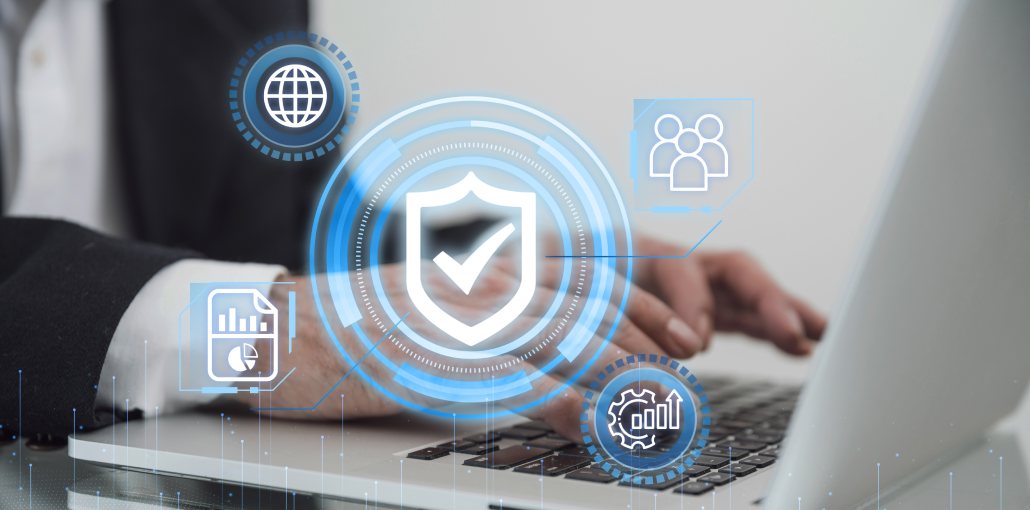As a tech professional venturing into cybersecurity, the CISSP (Certified Information Systems Security Professional) certification stands as a pinnacle of achievement. However, the journey to CISSP certification is marked by the challenge of mastering its toughest domains. This article delves into insider strategies for conquering these complex areas, ensuring your preparation is both strategic and effective.
Understanding the CISSP Exam’s Complexity
The CISSP exam encompasses eight domains, each with unique challenges. Due to their breadth and depth, some domains are notoriously more challenging than others. These include Security and Risk Management, Security Architecture and Engineering, and IAM – Identity and Access Management.
Why These Domains Are Challenging
These domains are tough primarily due to their technical depth, the need for practical application, and the broad range of topics they cover. For instance, Security Architecture and Engineering requires a deep understanding of complex technical concepts and their practical implementation.
Top Insider Strategies to Master Your CISSP Training, Exam, and Certification
Embarking on your CISSP journey requires more than hard work; it demands innovative strategies and focused preparation. This section will unveil top insider strategies that have helped countless professionals master their CISSP training, ace the exam, and achieve certification. Whether you’re just starting or are in the midst of your preparation, these insights will guide you toward success.
1. Engage in Practical Exercises and Labs
One of the most effective ways to grasp the complex domains of the CISSP exam, particularly Identity and Access Management (IAM), is through hands-on practice. Setting up a mock environment to simulate real-world scenarios is invaluable.
For instance, in IAM, you could create a controlled setting where you implement various access control systems and identity management solutions. This practical approach lets you see firsthand how theoretical concepts are applied in practice, enhancing your understanding of how different IAM models and protocols operate in a live environment.
Also read: How to Pass Your Real Estate Exam: A Step-by-Step Guide
In addition, participating in labs that simulate security breaches or risk scenarios can provide deep insights into the nuances of system vulnerabilities and the effectiveness of different security measures. These exercises solidify your understanding of the technical aspects and improve your problem-solving skills, a critical component of the CISSP exam.
2. Study Real-World Case Studies
Incorporating real-world case studies into your study regimen is particularly beneficial for domains like Security and Risk Management. These case studies offer a glimpse into how the principles and strategies you are learning are applied in actual business contexts. For example, examining how a particular company responded to a security breach or how they manage and mitigate risks can provide practical insights into applying CISSP concepts.
Case studies also help in understanding the implications of security decisions, the complexities involved in balancing security measures with business objectives, and the ethical considerations underpinning a cybersecurity professional’s role. They can highlight common pitfalls and best practices, giving you a more rounded view of the field.
3. Take a CISSP Masterclass
Enrolling in a CISSP masterclass can significantly enhance your preparation for these challenging domains. For example, the masterclass you will find at destcert.com offers a comprehensive curriculum covering all aspects of the CISSP domains, particularly emphasizing practical application. Expert instructors are seasoned professionals who provide invaluable insights into the real-world application of CISSP concepts.
In a masterclass, you can expect interactive sessions that delve deep into case studies, discussions on current trends and best practices, and practical labs where you can apply what you’ve learned. This immersive learning experience prepares you for the CISSP exam and equips you with skills and knowledge that are immediately applicable in your professional role.
Additionally, a Masterclass’s collaborative environment allows networking with peers and experts, further enriching your learning experience.
4. Engage in Regular Revision and Practice Tests
Regular revision is critical, especially for domains with vast content. Create a revision calendar that allows you to revisit each domain periodically. Practice with mock exams to get a feel for the real test environment. This is crucial for time management and understanding the exam pattern.
A Strategic Approach to CISSP Success
Conquering the most challenging domains of the CISSP exam requires a strategic approach, combining in-depth study, practical application, and structured learning resources like certification training and masterclasses. By focusing on the fundamentals, applying concepts to real-world scenarios, and engaging in regular revision and practice tests, you can confidently navigate the complexities of the CISSP domains.
Remember, the journey to CISSP certification is not just about passing an exam; it’s about developing a complete understanding of cybersecurity principles and practices that will shape your career as a cybersecurity expert.










Leave a comment